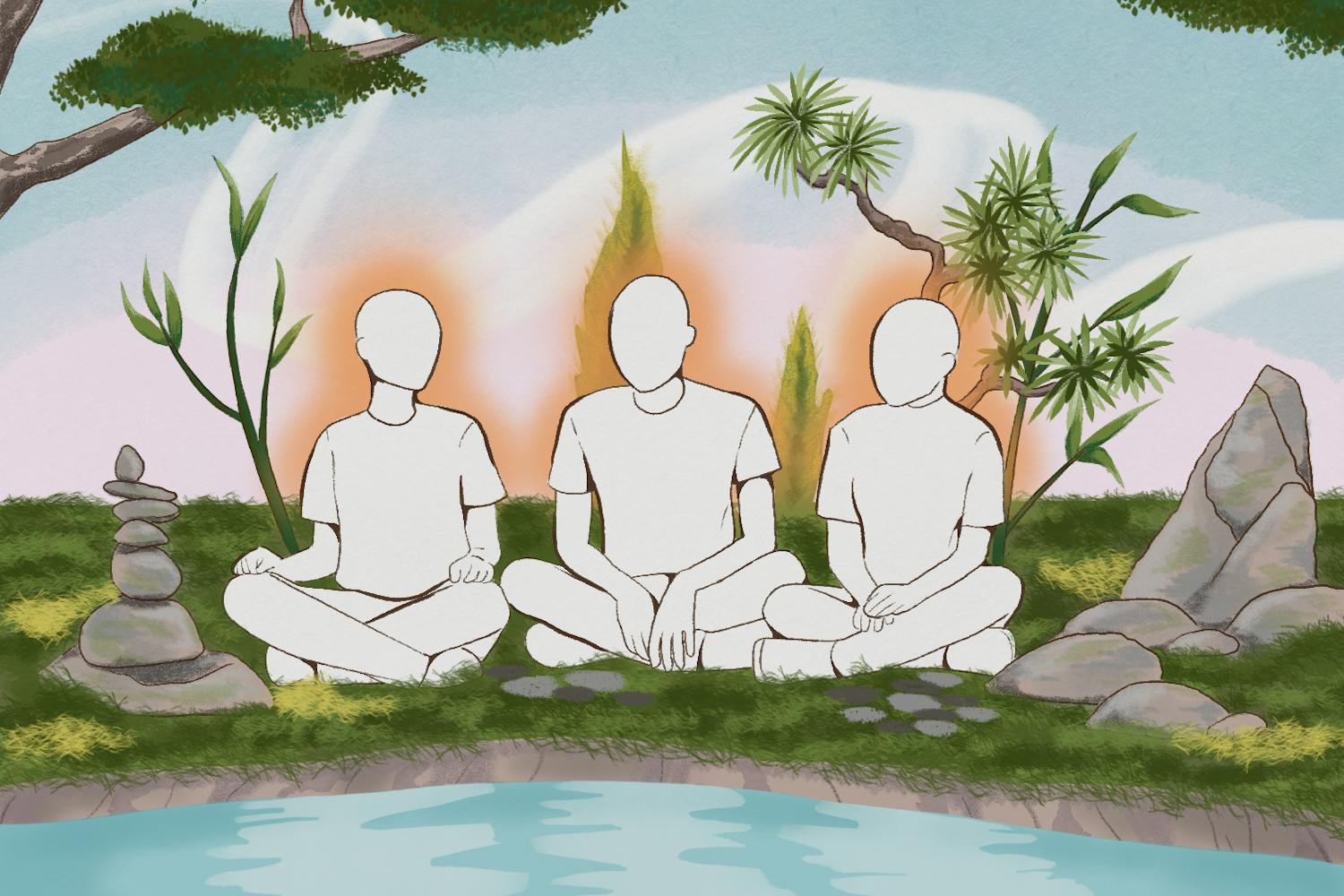Intro | Shared Dreams | Desired Dream: Pt 1 | Divorce | One-Child Policy | Media | Pollution Fame | Traffic | Education | English | Social Media | Fashion | Photos | About
??, 28, ?????; Chang Wang, 28, consultant: fairness/equality
The widening gap between the rich and poor in the United States has been practically omnipresent as of late, especially with the up-rise of the Occupy movement last fall. While the U.S. faces a shrinking middle class, there exists a widening gap in China between its poorest and advancing middle class.
At a level of .46, China’s Gini coefficient, a measurement of income inequality, now exceeds .40, implying social unrest and a dangerous level of inequality.
Chang Wang, 28, is one of many Chinese receiving the low end of the stick. His Chinese Dream is one in which opportunities to rise are not only given to the top few percent – A China known for its system of fairness and equality. Even though the numbers look dim and this might not occur in his lifetime, Wang remains hopeful.
The modernization of China, marked by tremendous growth in the past three decades, has made it the second largest economy in the world, behind the U.S. But the methods in which China became the massive powerhouse it is today have also proved to be very detrimental to many Chinese like Wang.
Consequently, China is one of the most unequal of nations. As stated in China Inc.,“China’s booming prosperity has deepened the deprivation for millions of China’s poorest.”
The root of China’s giant wealth divide all goes back to its low-wage model and undervalued currency. While this strategy has helped China transform from a poor developing country into a richer one, and become the world’s fastest-developing economy, it has not been accomplished without costs domestically.
The distribution of money in China is unfair, to put it lightly. The top two percent of households accounted for 35 percent of national urban income, results showed in a 2010 study by economist Wang Xiaolu .
Foreign policy economist Arthur Kroeber says the problem lies in the control of China’s Communist party, which ultimately holds power over the allocation of all resources.
If China is to tackle its nation’s growing inequality problem and move forward, it must address the continuous growth of the middle class, which Time magazine’s Bill Saporito predicts will make up 70 percent of its population by 2020. This means overcoming some major bottlenecks in China – corruption, the abuse of power and disproportional resource allocation.
 ???????; Hank Son, 33, art director: time (Photo by Sarah Pringle)
???????; Hank Son, 33, art director: time (Photo by Sarah Pringle)
???????; Hank Son, 33, art director: time
Art director Hank Son doesn’t want a luxury car, expensive clothes, or an apartment. Instead, said the painter from Taiwan, now living in Shanghai, “I wish for more time.”
In a society filled with pressures and expectations in both school and work environments, some Chinese like Son simply want a more relaxed life. Though in a society encompassing strict policies in which success is measured by examination scores and class rankings, it’s no wonder a strong work ethic is ingrained during the early years.
A study carried out by Therese Hesketh, a professor at University College London, found that an alarming one out of three Chinese primary school children suffer from psychological stress. It’s suggested that China’s one child policy has parents obsessed with doing whatever they can so that their child rises to the top. Parents don’t often get a second chance if their first child disappoints them.
So as younger generations enter the workforce, high costs of living in cities like Beijing and Shanghai translate to long hours for many. This helps explains the sentiment of many hard-working Chinese like Son, who have an average of four hours of leisure time per day, according to a 2011 Organization for Economic Cooperation and Development (OECD) report.
At low-wage factory jobs, employers seem to really push their workers to the limit. FoxConn, China’s largest electronics manufacturer and employer of 900,000, received negative attention in 2010 after 14 factory workers jumped off the Shenzhen factory.
Public scrutiny since then has continued, and in January this year 150 more threatened suicide over working conditions. There have been other situations in which Chinese factory laborers make threats of suicide as acts of desperation.
While the FoxConn incidents are worst case scenarios, one can see the impact strenuous and monotonous jobs can have in extreme situations. The necessity to provide for one’s family often takes away from time with one’s child or girlfriend, or simply the time to kick back and relax.
 ????65????????; Menglong Ni, 65, farmer: health and long life (Photo by Sarah Pringle)
????65????????; Menglong Ni, 65, farmer: health and long life (Photo by Sarah Pringle)
???, 65, ???????; Menglong Ni, 65, farmer: health and long life
As a farmer in China’s countryside, 65-year-old Menglong Ni is just one of 800 million low-income Chinese living in a remote setting and in need of better access to health care, according to UC Davis Health System’s Institute for Population Health Improvement.
Even though the modernization of China has been met with a huge rural to urban shift in the population, there are still major inefficiencies in the health-care system. A report by Technomic Asia found that while 80 percent of government health expenditures are distributed in urban areas, only 45 percent of the population lives in these regions.
Upon making the move to the city, most rural workers arrive uninsured. Consequently, when met with health problems or injury, there are huge disparities in the coverage among these classes. So for Ni, migration isn’t necessarily the solution to his worries.
In addition to health-care access concerns, food safety has been all the talk as of late. In recent years thousands have suffered illness or even death from tainted or counterfeit food.
While one might initially point to street vendors as the source of sketchy food product, it’s usually the food you buy packaged at the supermarket or order at restaurants that’s questionable. The media refers to the problem as “China’s invisible burden of food-borne illness,” pointing to the fact that many outbreaks remain under the radar and the number of victims impacted is much larger than the number of victims reported.
This is not to mention air pollution in China, which has reportedly increased over the years, causing an increase in respiratory and cardiovascular problems. In addition to health consequences, poor air quality poses another threat. A study by the Massachusetts Institute of Technology reported that in 2005, $112 billion was lost in economic productivity due to the impact of air pollutants in China.
In order to achieve his Chinese Dream, a long and healthy life, Ni will have to steer clear of these health threats – limited health-care access, bad air quality and food safety concerns.






